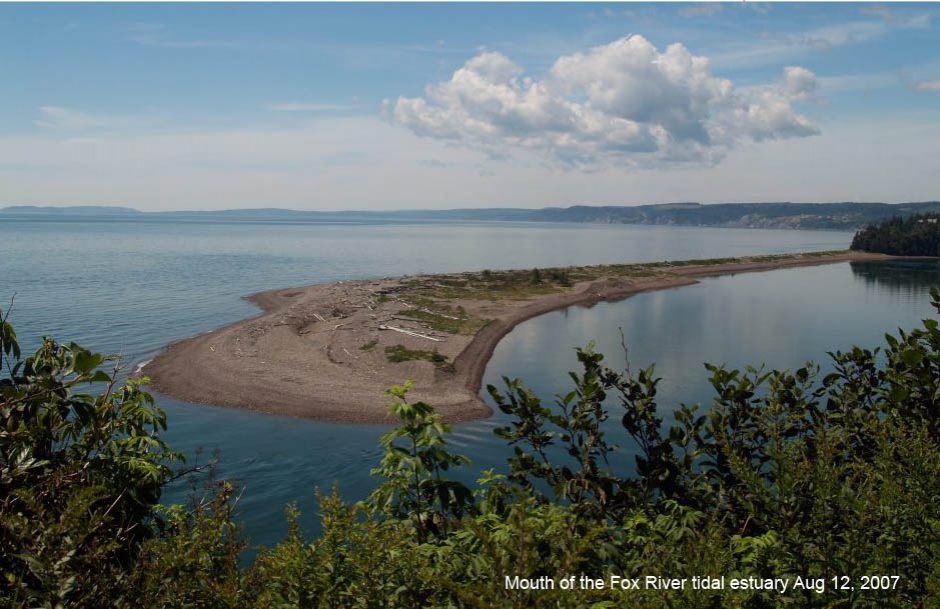Four Watermill Sites on the Coastal Region of Mid North West Spain
By Kerr Canning
In May of 2016 my wife and I, along with two friends from England, explored the coastal region of Northern Spain. Searching for the remains of watermills was one of the reasons for making the trip and after much searching we successfully located several interesting mill sites. A brief description of each of these sites is the goal of this web page.
For the presentation to be meaningful for those who are not familiar with the geography of Northern Spain it will first be necessary to name and to indicate on a map the present day regions in Northern Spain where the mills were located. These geographic districts have a long history and their present day boundaries as well as the form of government they represent were created in 1978 when Spain was divided into 17 administrative regions called autonomous communities and 2 administrative cities called cities (Wikipedia: Political divisions of Spain). Our explorations involved travelling in three of these autonomous regions: Cantabria, Asturias and Galicia. Select the Fig.1 thumbnail link to view a Google Earth image showing the boundaries of these administrative districts in Northern Spain.
The water powered mill sites located consist of two tide mills in Galicia, the Museo Etnografico Os Teixois in western Asturias, two mill sites in Eastern Asturias and two mill sites in Western Cantabria. Unfortunately, one tide mill was closed and the machinery in the other tide mill had been removed. The Museo Etnografico Os Teixois, located close to the Galician border and just south of the interesting Galician village of Taramundi, is a collection of fully operating mills housed in one museum complex.
Four of the mill sites, the two located in Eastern Asturias and the two in Western Cantabria will receive special attention on this web site because I am fascinated by certain features of these mills. All four are grist mills with two horizontal waterwheels. Each mill is placed on the side of a steep walled and narrow valley through which a small shallow stream flows down an inclined grade.

The water supply system for carrying water from the stream to the waterwheels is designed specifically for drawing off water from a small narrow brook flowing downhill.
The water supply system for carrying water from the stream to the waterwheels is designed specifically for drawing off water from a small narrow brook flowing downhill. I had only seen this water delivery method once before at the Eskdale Mill located at Boot in England’s Lake District. The method is creative, eliminates the need to build a mill dam and workes well even on small shallow streams.

